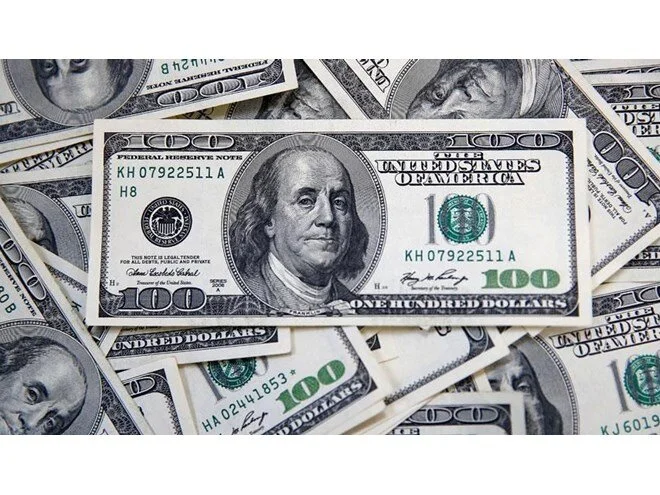
Dollar Steadies Before Fed Minutes; New Zealand Dollar Drops After Significant Rate Cut
TOKYO, Oct 9- The dollar held steady on Wednesday, providing some relief to the yen and other major currencies following its sharp rise to a seven-week high last week. Investors are taking a breather to reassess the United States’ interest rate outlook.
The New Zealand dollar dropped to its lowest point since August 19, hitting $0.60705. This decline followed the Reserve Bank of New Zealand’s (RBNZ) decision to reduce interest rates by 50 basis points, signaling the potential for further monetary easing in the future.
The light U.S. economic data schedule this week offers a break after last Friday’s robust jobs report pushed the dollar higher and led markets to adjust their expectations for future interest rate cuts. Investors are awaiting the minutes from the Federal Reserve’s September meeting, expected later on Wednesday, which will shed light on discussions that concluded with a near-unanimous decision for a 50-basis point cut, amid concerns about a weakening labor market.
However, the recent strong nonfarm payroll figures have led to a recalibration of expectations for near-term rate cuts by the Fed. According to the CME FedWatch tool, there is now about an 85% chance of a 0.25 basis point cut, with a smaller likelihood that the Fed will maintain rates.
The U.S. September Consumer Price Index (CPI) report, due Thursday, will be a key focus this week. Analysts at Westpac IQ noted that the inflation data, along with corporate earnings, would be crucial for maintaining the recent rebound in the U.S. dollar.
The dollar index, which measures the currency against a basket of peers, increased by 0.11% to 102.6, slightly below the seven-week high of 102.69 reached on Friday. The euro slipped by 0.07% to $1.0973, while the British pound remained steady at $1.3099, close to the three-week low of $1.30595 touched earlier this week. The dollar/yen pair rose 0.19% to 148.475 yen, after hitting a seven-week high of 149.10 on Monday.
“Markets are cautious about taking on yen short positions given the uncertainties around upcoming elections in both the U.S. and Japan,” said DBS currency strategist Wei Liang Chang. The yen has seen fluctuations following comments from Japan’s new Prime Minister, Shigeru Ishiba, who opposes easy monetary policy. Ishiba has scheduled a snap election for October 27, just before both the Bank of Japan’s policy meeting and the U.S. presidential election in November.
Warnings from Japanese authorities earlier this week about rapid currency movements are expected to keep the dollar/yen pair from breaching the 150 mark, according to Chang.
Elsewhere, the New Zealand dollar fell 0.5% to $0.61055 as investors digested the RBNZ’s dovish stance, suggesting more rate cuts could follow. A majority of economists in a Reuters poll had anticipated the central bank’s 50-basis point cut.
The Australian dollar initially weakened towards Tuesday’s three-week low of $0.6715 but later showed some strength following news of an upcoming Chinese finance ministry briefing on fiscal policy. It last traded at $0.6726, down 0.31%.
Investors remain focused on China after a volatile session in Chinese and Hong Kong markets. Beijing stated its confidence in meeting the full-year growth target but did not introduce stronger fiscal measures, which disappointed investors hoping for more stimulus to support the economy. The offshore yuan dropped 0.28% to 7.0550 per dollar.
